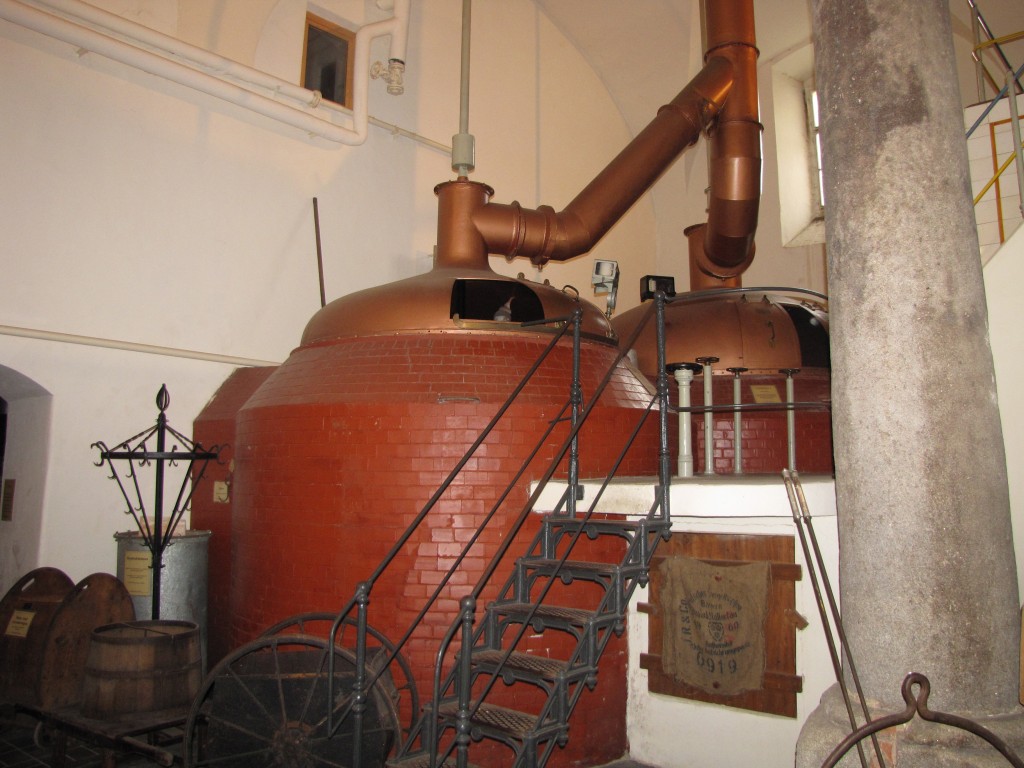
At Pub 27 in Pompeii
Surprising Wilmington: At Chelsea Tavern, a Baltimore Find: Heavy Seas Schnee Boot Barrel Aged Ice Bock
Date: April 14, 2019
The Story— We’ve been to the Heavy Seas brewery and are pretty conscientious about grabbing their new releases. this beer, however, illustrates one of the new realities of the current beer scene — unless you are fanatically committed to a brewery or small number of breweries, you can’t keep up with what’s new on the market. Twenty five years ago we knew of almost every release by every local brewery. Now we find beers from our back yard we’ve never heard of in unheralded bars in… Wilmington, Delaware.
The bar was the Chelsea Tavern on market Street that opened in 2012 in an attempt to bring some life to an urban nighttime jungle. It’s just a short barrel roll from the Stitch House Brewery and part of reason to stay and play downtown. Chelsea has apparently weathered the death of its founder two years ago and offers 30 taps and a very full menu. We were able to find a couple of beers we hadn’t seen elsewhere, and that’s pretty impressive for a city that was a beer desert before this decade.
The eisbock style originated in Kulmbach, a mid-sized town in upper Bavaria. When we first visited the city, they had four largish distinctly different regional breweries. The fest was unlike any we had seen — a single tent serving the festbiers of four breweries. Mergers have left the city one, but it tries to maintain the brands, and to some extent, the flavors of the quartet. “Kulmbacher” as a style refers to a dark, stronger than average, lager. A recent lager competition featured variations brewed by more than a dozen breweries from a recipe from beer historian Ron Pattison. Alas, it was at Urban Chestnut, and not within range of our travels.
But the style that’s most distinctively Kulmbacher is the Eis Bier style (Ice Beer). It was undoubtedly one of those wonderful brewing mistakes that have shaped the industry for many centuries. Someone left a barrel of normal to slightly high strength in a shed or a porch and, ignoring the fact it might have frozen, tapped it anyway. We chuckle to speculate the condition of the revelers after consuming a liter or two of a beer that usually left them able to work and this time left them unable to walk.
We, again unintentionally, repeated the process a few years ago with a keg of our Tuppers’ Hop Pocket Ale –an IPAish 6% ale that we left on tap on our back porch in the winter. I’d love to tell you all the effects, but we actually don’t remember some of them. What we did notice during a Washington thaw was that suddenly this wonderfully rich ale was mostly water.
Ice bock, then, comes from a strong to very strong beer that’s partly frozen. The water is removed and the residue is sort of distilled –and very strong. There’s some question whether the process is legal in the United States, but we don’t see many signs of enforcement. The Scottish brewers Brew Dog’s 41% Sink the Bismack apparently used the technique; it’s come into the US in un-labeled bottles (smuggled we assume) that might as well have had “moonshine” stamped on the cases.
Kulmbacher still produces an eisbier. The legendary ungloved Michael Jackson had, of course, a more extensive tour than we did and told us he saw miles of piping — far more than needed to transport the beer. He thought they probably froze and thawed the beer as it traveled in the brewery. Perhaps the added advantage was that it would be pretty hard to prove the system was engineered to reduce water and increase the booze.
We’ve featured Heavy Seas many times before in this blog. It’s a reason to move to the mid-Atlantic. They do “normal” beer well, big beers very well, and almost always, huge beers hugely well. This is not only an eisbock, but it’s barrel aged, something the brewery does exceptionally well. It’s no sunken Bismarck, but that only means that you can (a) afford it and (b) survive it. One link to the battleship is, however, is that it blew us away.
The Beer— Big dark rich and woody. with as much farmhouse as barrel in the wood. Lots of dark and rich flavors roll on– some Rosemary, licorice, orange, treacle, dark caramel. WHOOOF!. Needs to warm to show its sherry notes.
Value — Good to very good. This sort of a beer isn’t cheap to produce and it isn’t cheap to drink. This was eight bucks for a quarter pint. “Fair” we thought at the time, but as we recall the depth and complexity of this elixir I’ve thought more about what I’d pay for another. “A lot”, my English teacher said to me, “is a place to buy a used car or a Christmas Tree” and not a measure of quantity.” Sorry, Mr. Gilbert, I’d pay a lot for another glass of this beer.
About these posts: We taste and evaluate over a thousand beers every year. The beers posted here rank in the top quarter of those tastings. Values: “fair” is a good beer at an above market price, “good” is worth the money, “very good” is a bargain, and “excellent” is a steal.
For the next several weeks we’ll feature fun places to explore beer — and much more–a different destination each week. Our beers of the day will feature beers from this wonderfully wet destinations. A caveat as always: the vast majorities of craft breweries may have a few beers that are usually available, but their most interesting beers are usual season or one-off brews that we may rave about, but you can’t find. Our specific beer descriptions, can tell you what sorts of beers the brewery does well; if you don’t find the exact beer on tap, you’ll probably find something similar.


